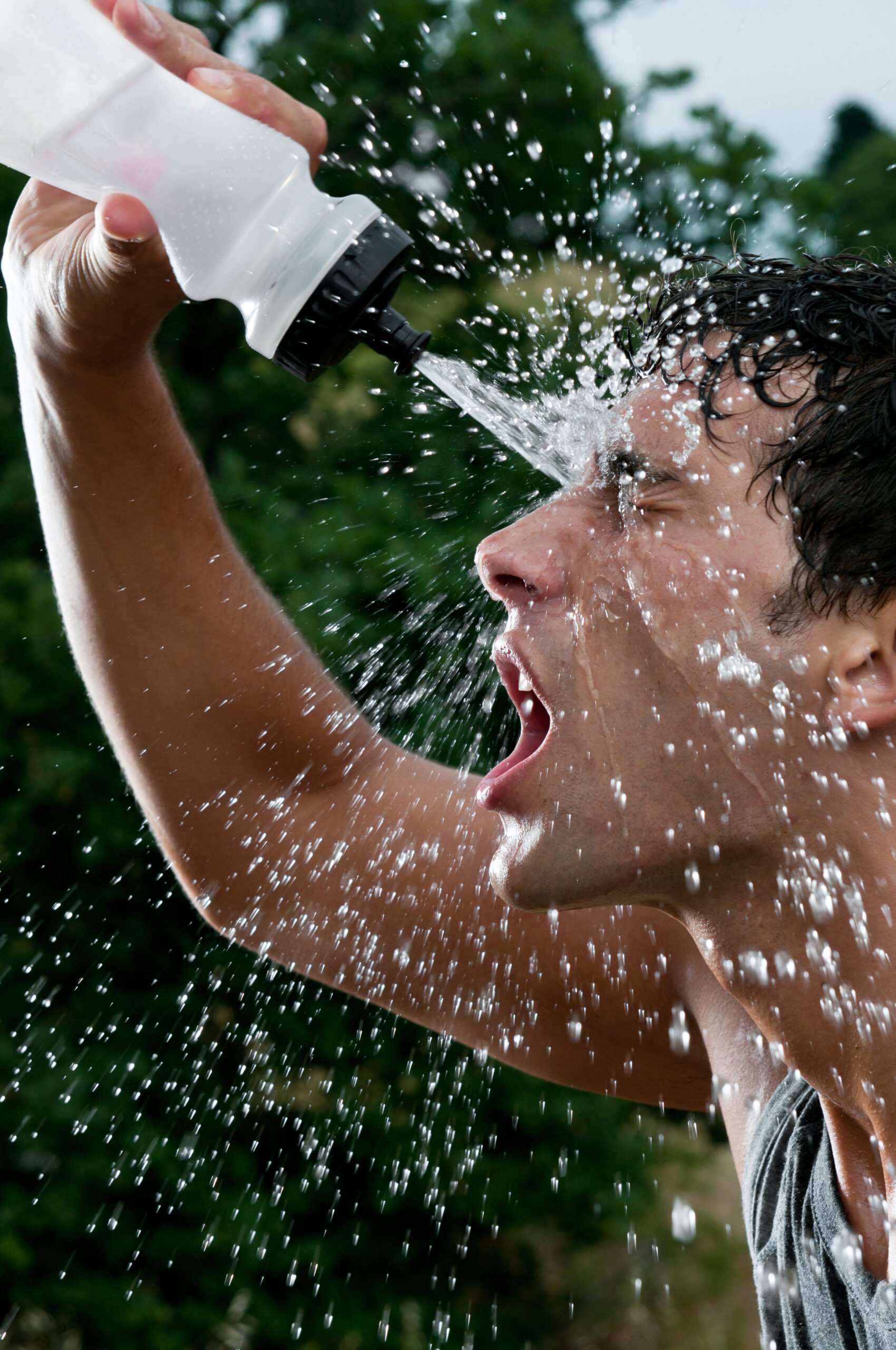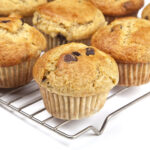
Running in the Heat
Summer is in full swing (especially here in Texas), which brings up one of the most common challenges most runners will face…running in extreme heat. Below I discuss the 5 best ways to tackle the heat and it’s nasty effects.
Urine color – When it comes to running in the heat, you must learn to manage your hydration levels. It amazes me how uneducated some runners are when it comes to learning the fundamentals of hydration. The number 1 way to monitor your hydration levels is through the color of your urine. Yes, this sounds really gross I know, but there are 2 distinct colors to look for before you head out for a run. Clear or a pale yellow color is what you are striving for indicating you are hydrated, and anything the color of apple juice you are trying to avoid as this color is an indicator of being dehydrated. If you see apple juice before you head out the door, you could be in for a really painful run or worse even passed out in the bushes! Learn to check your urine color and make this a staple in your recovery methods for running. Don’t rely on “being thirsty” as a reliable indicator of hydration levels. If you’re thirsty, it’s usually too late to hydrate adequately.
Time of day – Unless you are training for a certain event that needs heat training or your schedule only allows for a middle of the day run, you should try to run early in the morning. Here in Texas, I have found if you are not done with your run by 9am, then you are asking for trouble. Once that sun starts to get higher in the sky, the heat is only going to get worse at a faster rate! Peak UV index is typically from 10am-4pm in the summer months, so do your best to avoid running in that time frame.
Weigh in– Sweat rates are very individual and I have found weighing yourself before and after runs is a good way to keep an eye on our hydration levels. I will use myself as an example. I typically weigh around 155 lbs. In the summer lets say I run 8 miles at an easy effort and have not carried any liquids with me. If I am hydrated before I head out the door, I can expect from experience that I will lose two pounds and weigh around 153 lbs when I am done. That puts me at a loss of almost 1.5% in body weight. Studies have shown that as much as a 2.5% loss in body weight can decrease work capacity by as much as 15%! That is a significant number and can be avoided by paying attention to your weight and carrying liquids on your run. My deficit of 2 lbs would suggest I need to replace my body with 32 ounces of liquids after my run (16 ounces equals 1 pound) to be properly rehydrated.
Electrolytes– A common supplement for runners today is electrolytes. Electrolytes are made up of sodium, potassium, calcium, magnesium, chloride, hydrogen phosphate, and hydrogen carbonate. Our kidneys work to keep the electrolyte concentrations in our blood constant despite how much we sweat. When we exercise heavily, especially in heat, we lose electrolytes in our sweat, particularly sodium and potassium. These electrolytes must be replaced to keep the electrolyte concentrations of our body fluids constant. Fortunately in todays supplement market, there are hundreds of companies with electrolyte products in the form of pills, powder, liquids, and solids. How much you NEED to supplement with is the tricky part.
Signs of electrolyte depletion are: weakness, cramping, extreme fatigue, decreased urine output, confusion, dry mouth, and nausea. This can mean someone is losing a lot of sodium from their body. The best method to gauge electrolyte levels is through trial and error. Start with short duration runs in the heat and see if you have any of the symptoms above and if you see a consistent pattern. Start supplementing with a modest amount of electrolytes and take it from there.
Spring acclimatization– Another strategy to keep you running successfully through a hot summer is to maintain a consistent running schedule in the late spring months. If you have been away from running for the months of March-May, you might be at a disadvantage come summer time where you missed the gradual acclimation period. If you have been accustomed to running in temperatures between 40 and 50 degrees, and now are running in 80-90 degree weather, your body might be in a state of shock and can lead to lack of motivation to run, decreased fitness levels, as well as overall frustration with your current pace versus what you ran in the cooler months. Do yourself a favor and run at least 1-2x a week through late spring so you can enjoy your summer running.
Last but not least, for every 5°F rise in temperature above 60°F can slow your pace by as much as 20 to 30 seconds per mile. So don’t fight it— just slow down.


